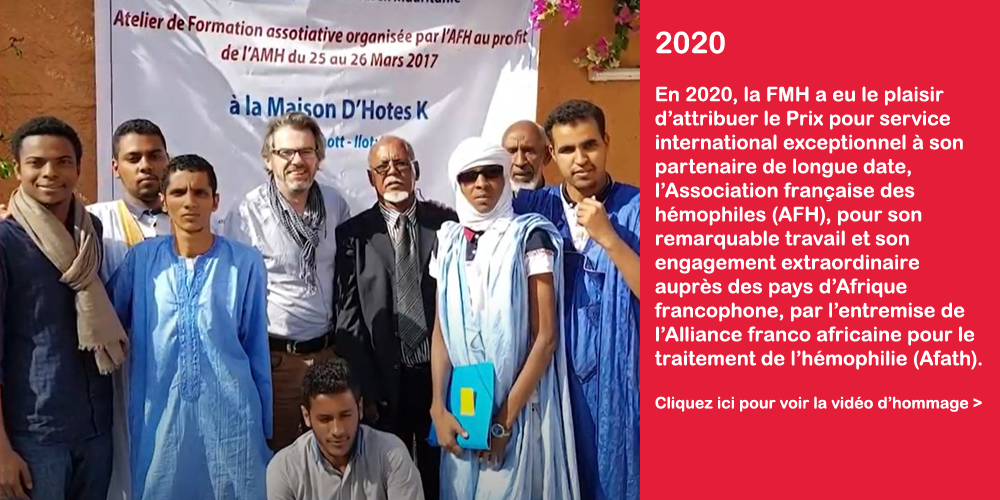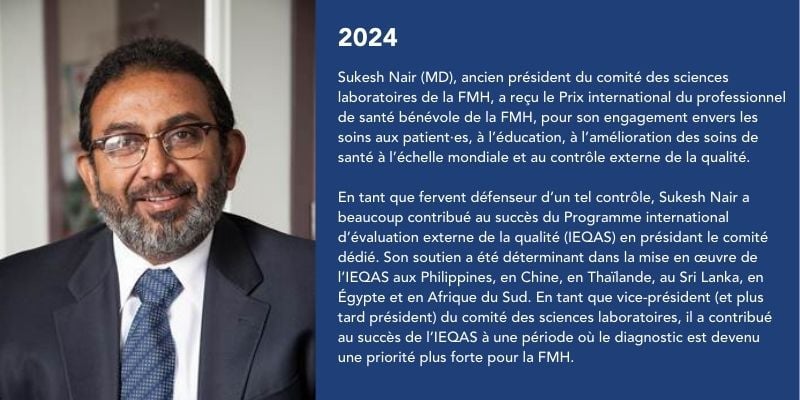Le système GRADE est une méthode rigoureuse et reconnue d’évaluation des données probantes, qui prend en compte des facteurs tels que la conception des études, le risque de biais et le biais de publication. Il propose un processus transparent pour développer des recommandations fondées sur des preuves fiables. Cependant, l’application de la méthode GRADE au développement de lignes directrices de pratique clinique dans le contexte de maladies rares est plus complexe et peut exiger des adaptations particulières. L’article « Contrasting Approaches in the Implementation of GRADE Methodology in Guidelines for Haemophilia and von Willebrand Disease » examine l’utilisation incorrecte de la méthodologie GRADE dans l’élaboration des lignes directrices de l’ISTH pour le traitement de l’hémophilie. Cet article a été publié par une équipe de 48 parties prenantes du domaine – expert·es de l’hémophilie, chercheurs et chercheuses, médecins, patient·es et défenseur·es des patient·es, qui représentent un grand nombre d’organisations du monde entier, notamment l’AICE, l’AHAD-AP, l’AHCDC, l’ATHN, le CLAHT, l’EHC, la Fédération mondiale de l’hémophilie (FMH), le CRH français et la MHEMO, le HTCCNC, la NBDF, le PEDNET et la UKHCDO.
Voici un résumé en termes simples de « Contrasting Approaches in the Implementation of GRADE Methodology in Guidelines for Haemophilia and von Willebrand Disease ». Pour lire la version intégrale (en anglais), cliquez ici.
New guidelines for the management of hemophilia have recently been released by the ISTH, generating numerous reactions throughout the global community. These guidelines were developed by strictly applying the most rigorous approach of the methodology approach called GRADE, which only considers the results of so-called randomized clinical trials as valid. These studies compare the effectiveness of several treatments administered to patients, ideally selected randomly. However, such studies are very rare in hemophilia and often difficult to conduct due to the rarity and heterogeneity of the disease.
The strict application of GRADE has led the ISTH to develop guidelines proposing limited, conservative, and unambitious therapeutic principles for hemophilia which fail to consider newer treatment options.
This article highlights the missed opportunities by these ISTH guidelines. It presents a substantial number of arguments showing that adaptation of GRADE methodology could have been possible and valuable in this field. This approach should have included the plethora of scientific data available from registries and real-world studies. It should have also integrated the multiple patients-related outcome data, without overlooking the perspectives of experts familiar with these innovations. Such a scientifically validated use of GRADE, applied to other diseases, could have resulted in guidelines that reflect the true potential of new therapeutic options for hemophilia and, above all, meet the legitimate aspirations of an entire community.
Pour lire l’article « Contrasting Approaches in the Implementation of GRADE Methodology in Guidelines for Haemophilia and von Willebrand Disease” », cliquez ici. Pour lire la 3e édition des Lignes directrices de la FMH pour la prise en charge de l’hémophilie, c’est ici.













